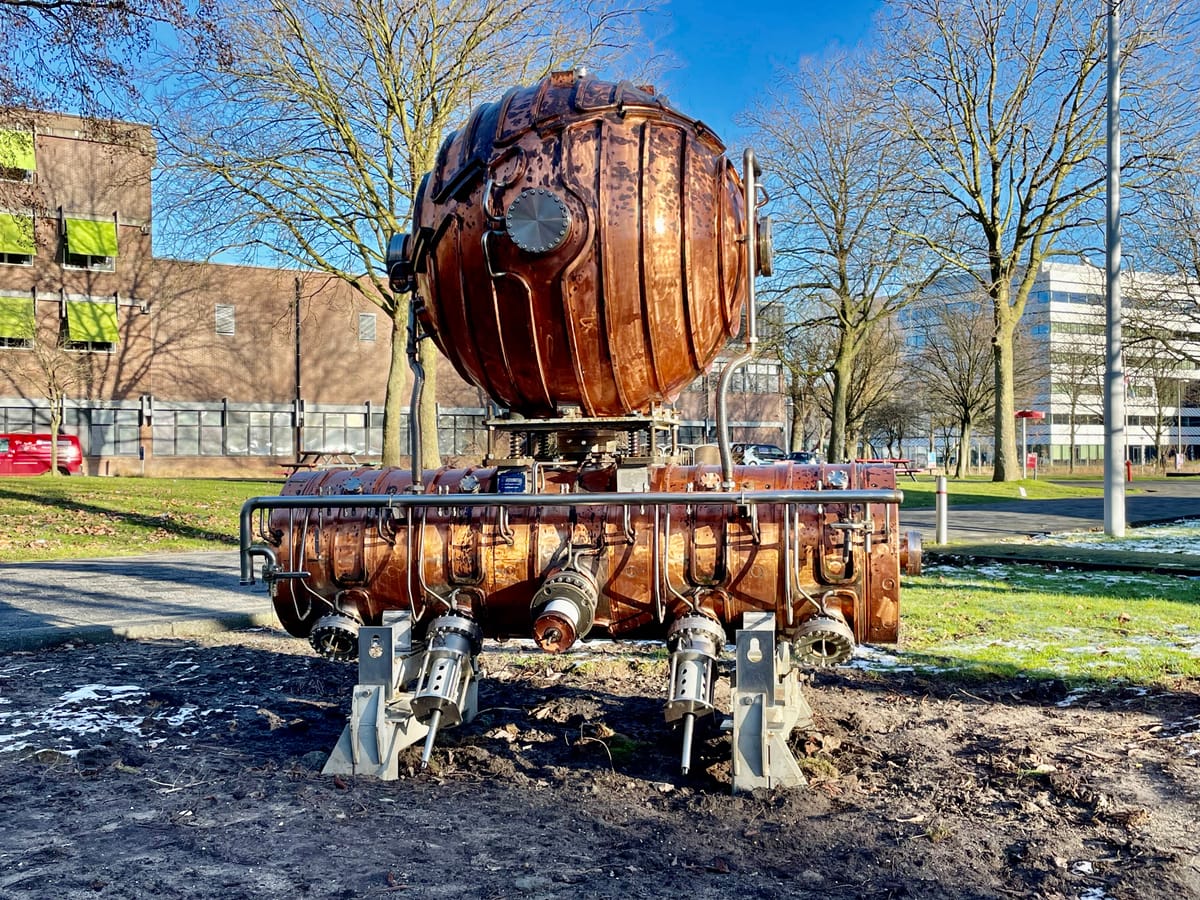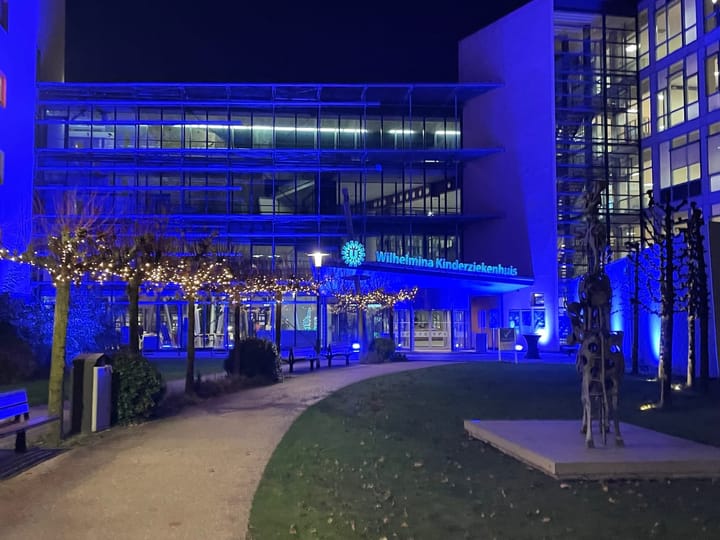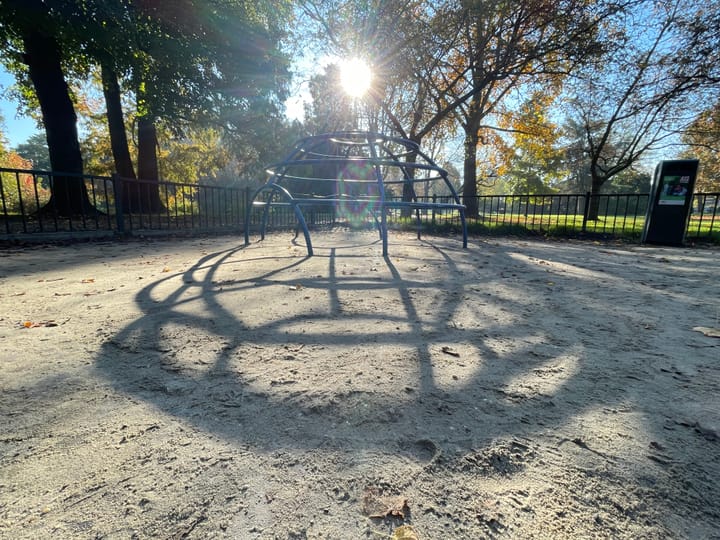Exploring Retrieval Augmented Generation (RAG)
Dive into how Retrieval Augmented Generation elevates chatbots by blending AI with curated knowledge for insightful, context-aware interactions.

In the realm of digital innovation, the quest for creating more intelligent, responsive, and context-aware chatbots has led me down a fascinating path: the implementation of Retrieval Augmented Generation (RAG).
This journey, filled with trials, triumphs, and endless learning, showcases the transformative potential of combining large language models like ChatGPT with curated knowledge bases. Let me take you through the process, the challenges, and the intricate dance between retrieval and generation that underpins this cutting-edge approach.
The Genesis of a Chatbot
The inception of this project was driven by a simple yet ambitious goal: to develop a chatbot that transcends the limitations of traditional models by leveraging the vast expanse of content available on a designated website. The vision was to create a system that not only interacts with users but does so with unprecedented relevance and accuracy.
To bring this vision to life, we began by ingesting articles from the website into the chatbot's knowledge base through an API, laying the foundation for a deeply informed conversational agent.

The Art of Enrichment
With the knowledge base in place, the next step was to enrich the articles with keywords, a task elegantly handled by ChatGPT. This process of enrichment was not merely about tagging; it was about understanding the essence of each article and distilling it into searchable, actionable keywords. These enriched articles, now stored with their newfound descriptors, formed the backbone of our retrieval-augmented strategy.
The Dance of Retrieval and Generation
When a user poses a question to the chatbot, the real magic begins. The query, along with the enriched articles and their keywords, is presented to ChatGPT 3.5.
The model then embarks on a sophisticated matchmaking process, identifying the article or articles that most closely align with the user's inquiry. This is the retrieval phase, a crucial precursor to the generation of a response.
But the journey doesn't end there. With the relevant article in hand, another request is made to ChatGPT. This time, the model is tasked with generating a response based on the full article content, effectively serving the user with information that is not just accurate but also richly informed by the curated knowledge base.
This is Retrieval Augmented Generation in action: a synergy of retrieval and generative processes that elevates the chatbot's responses from informative to insightful.

The Three Levers of Optimization
Our adventure into the realm of RAG revealed three critical levers for optimizing responses: curation, retrieval prompts, and generation prompts. The curation of text, through the selection of appropriate keywords and summaries, ensures that the retrieval process is grounded in relevance.
The crafting of the retrieval prompt, a delicate art in itself, guides the model towards the most pertinent articles. Finally, the generation prompt shapes the model's response, turning raw information into coherent, engaging answers.
End the next conversation ONLY by using the KNOWLEDGE you have been given above AND do NOT make up anything yourself. Respond in a formal, professional tone appropriate to a business environment. Make sure the response is concise, clear and polite and avoid all forms of informal language, colloquialisms, humour and non-professional content such as song lyrics or jokes. Respond in the user's language. Remove URLs in the replies you give.
Reflections on the Journey
Embarking on this project was more than a technical challenge; it was a voyage of discovery. By integrating Retrieval Augmented Generation into our chatbot, we ventured beyond the conventional boundaries of AI-driven conversation. We created a system that doesn't just answer questions but does so with a depth of understanding and relevance that was previously unattainable.
This journey highlights the incredible potential of retrieval-augmented approaches in the realm of chatbots. As we continue to explore this frontier, the promise of creating ever more intelligent, responsive, and context-aware conversational agents beckons, inviting us to redefine the boundaries of what is possible.



